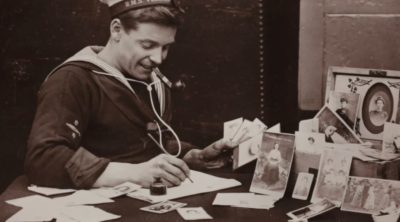Writing a non fiction book entails more than simply writing fiction that really happened. Many writers find non-fiction to be easier to write in theory. After all, you don’t have to invent the story and characters from scratch. But just because a non-fiction story is easier to conceive doesn’t mean it’s less work to get a quality story ready for publication.
Every writer, no matter their experience level, hits roadblocks on the journey to writing a complete story. If you’re a non-fiction writer, use this checklist to think more deeply about your process so you can turn out better non-fiction with less frustration.
Goals when Writing a Non Fiction Book
Fiction must have a goal beyond just creating interesting characters and setting them in a wacky world. Just because the story is partly or fully true doesn’t mean that non-fiction differs in this way, however. You need to think hard about the goal of your non-fiction book so you can avoid one of its major traps: being a mere “retelling” of a bunch of facts.
For instance, do you want to make people understand a person better, explain a topic of interest, inspire your reader with tales of adventure, or communicate a message about your life? What do you want your readers to do with the information you give them? By thinking about this, your non-fiction can become more directed towards a clear goal and more refined as a result.
Structure the Story
There are many possible structures you could use to form your non-fiction work. They will define how your book will be read by your readers. Therefore, the structure should be on your mind the entire time you conceive your story. That way, you can match it to your ultimate goals for your work.
A three-act structure tells a traditional narrative, usually from the perspective of one main character. It details specific goals, lessons learned, and has a well-documented checklist of requirements. This includes the low point in the second act to the rising action of the climax in the third.
However, you might consider a less conventional structure, tell multiple stories simultaneously, or starting at the end to convince the reader to see how the story got there. Regardless of which you choose, you should have the structure in mind as you’re planning the story.
Outline your Book Beforehand
If you can’t tell yet, planning is the thing that unites all this advice. Part of that planning must involve a coherent outline that details your goals and structure in the context of the story. You need to see all of that laid out clearly in order to even think about writing the actual text.
The Takeaway
Non-fiction seems easy to write compared to fiction. However, the work you have to put into it to make it great can’t be ignored, whether it’s a memoir or a non-fiction adventure book. Non-fiction requires more goal-setting even than fiction to avoid feeling like a textbook. You need to know what you hope your readers will get from it. By considering the goals and structure and constructing an outline first, you can ensure that your non-fiction is the best it can be.


